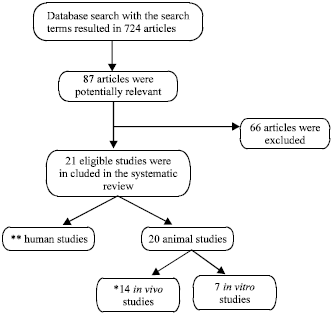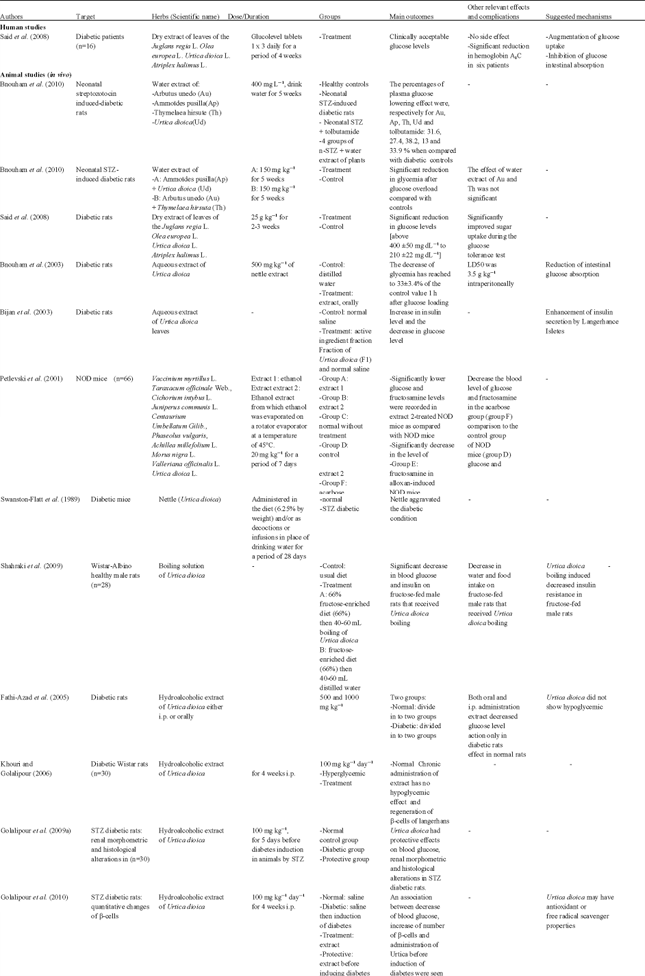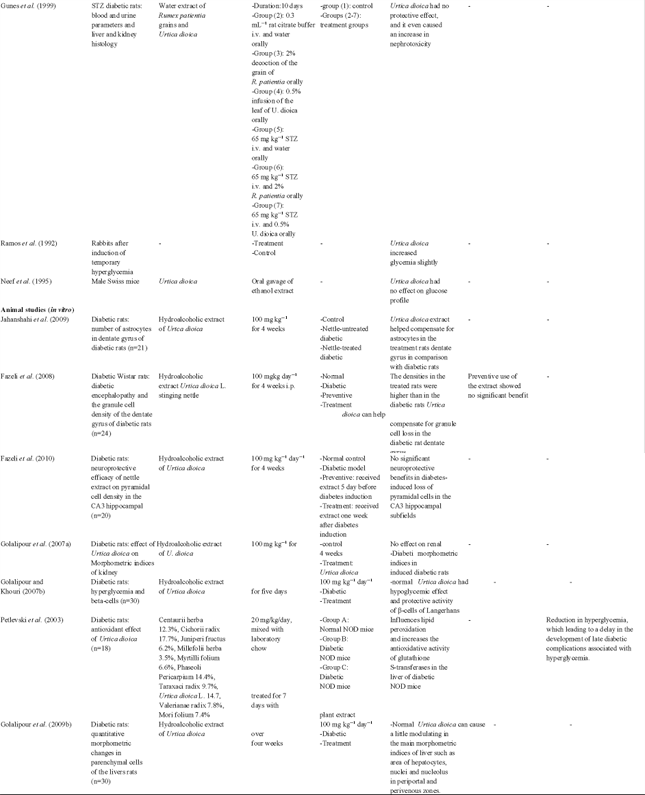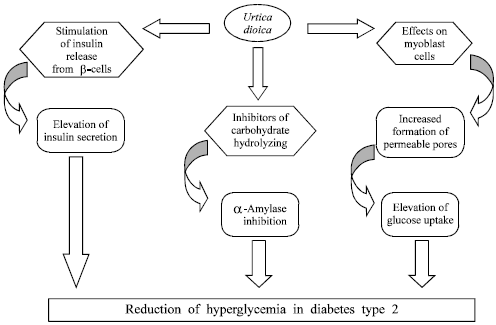Review Article
A Systematic Review of Efficacy and Safety of Urtica dioica in the Treatment of Diabetes
Endocrinology and Metabolism Research Center, Faculty of Medicine, Tehran, Iran
Shirin Hasani-Ranjbar
Endocrinology and Metabolism Research Center, Faculty of Medicine, Tehran, Iran
Bagher Larijani
Endocrinology and Metabolism Research Center, Faculty of Medicine, Tehran, Iran
Mohammad Abdollahi
Pharmaceutical Sciences Research Center, Faculty of Pharmacy, Tehran University of Medical Sciences, Tehran, Iran













Ronald Lekoape Reply
Wish to learn more about traditional medicine
Editor
We hope that the review article has sparked your interest in traditional medicine, and we encourage you to explore further research and resources that delve into the subject more comprehensively. This may include studying the traditional medicine practices of different cultures, examining the historical use of medicinal plants, and exploring the scientific evidence supporting their efficacy and safety.